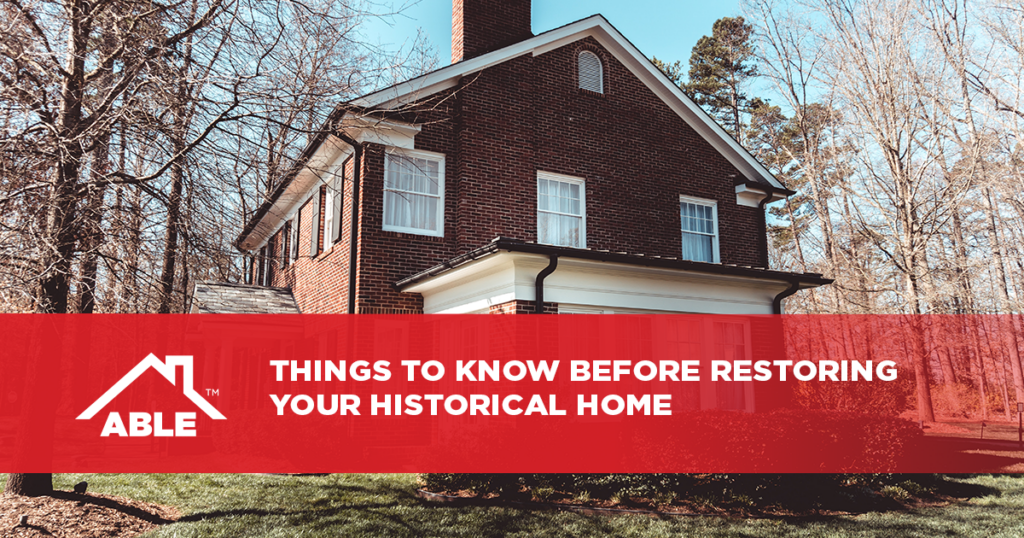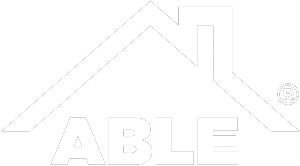Beginning a fixer-upper project of any kind can be exciting. If you’re dealing with a historical home, you might be even more eager to tackle the project—however, there’s also a chance you have some serious (and often well-founded) concerns.
Restoring a historical home isn’t the same as renovating a neglected house built only a few decades ago. However, chances are, you will be considerably more focused on preserving the historical aspects of the property rather than tearing everything down and starting over again. No doubt, there is an extra level of care and intention involved in restoring a historical home.
Not only that, but the older structure of the home and the unique building materials that were used can cause complications of their own. You’re bound to run into your fair share of surprises in the process, which also means that the cost of restoration can quickly grow higher and higher—possibly far more than you had initially accounted for at the start.
Are you looking to turn a poorly maintained historical home into the property of your dreams? This is entirely possible to achieve, as long as you know what you’re doing. Here are some tips on how to properly restore a historical home with minimal conflict and frustration.
Be wary of water damage
Not only is water damage a serious issue in general, but it can also be even more severe when it comes to historical homes.
If water damage has gone unrepaired for many years, there’s a good chance that dry rot has started to develop. It’s even possible that insects have been drawn to the moisture, leading to infestations.
Before you proceed too far into restoration, try to spot any water damage—check the ceilings, windows, and floors. Be thorough, and make sure that you’ve checked it all.
Water damage can also indicate significant structural issues to the house, which will need to be addressed as soon as possible.
Start small, when possible
This is especially true if you’re working with a more limited budget but are still looking to restore a historical home. No matter the size of the house, this project will be a significant undertaking—however, with larger houses, there are far more areas where problems (and costs) can begin adding up.
If your budget is on the smaller side, try to restore a smaller home. Although you’ll likely still need to perform major renovations and updates, there probably won’t be as many of them—plus, you won’t need to spend so much money on materials. Because remember, it’s not worth skimping on materials. Instead, you should prioritize quality, and if that means restoring a more modest historical home, that’s likely the best route to take.
Start by working on the windows, roof, and masonry
Not sure where to begin on the restoration process? Your best bet is to start with the windows, roof, and masonry of the home. Rather than focusing on the aesthetic aspects of the home right away, the house must be secure and in good structural shape. Remember to home in on the practical concerns before the aesthetic ones—those can wait, while a crumbling structure most certainly can’t.
Contact Able Roof
Are you currently restoring a historical home and want to ensure that the roof or masonry is in good shape? Considering calling in the roofers at Able Roof, located in Central Ohio. We can take a close look at the home’s current roof and masonry to make sure everything is sound. We can also perform necessary repairs and replacements with the utmost efficiency. Get in touch with us to receive a free estimate.








